ANIMALS
24 Animals That Have The Strangest Defense Mechanisms
Published
4 months agoon

Shutterstock
The animal kingdom is full of extraordinary creatures, many of which have developed fascinating and unique ways to defend themselves from predators. From self-sacrifice to shape-shifting, these animals use bizarre and sometimes shocking strategies to survive in the wild. While some rely on toxic chemicals or sharp spines, others use elaborate displays or even break their own bones to fend off attackers. These defense mechanisms are as diverse as the animals themselves, showcasing the incredible adaptability of life on Earth. Join us as we explore 24 animals with the most unusual and unexpected defense mechanisms.
Hairy Frog

Shutterstock
The Hairy Frog, found in Central Africa, has one of the most bizarre defense mechanisms in the animal kingdom. When threatened, it deliberately breaks its own bones, causing claws to pierce through its skin. These bone claws are then used as weapons to fend off predators. Remarkably, the frog can retract the claws back into its body once the threat is gone, though it injures itself in the process.
Malaysian Exploding Ant
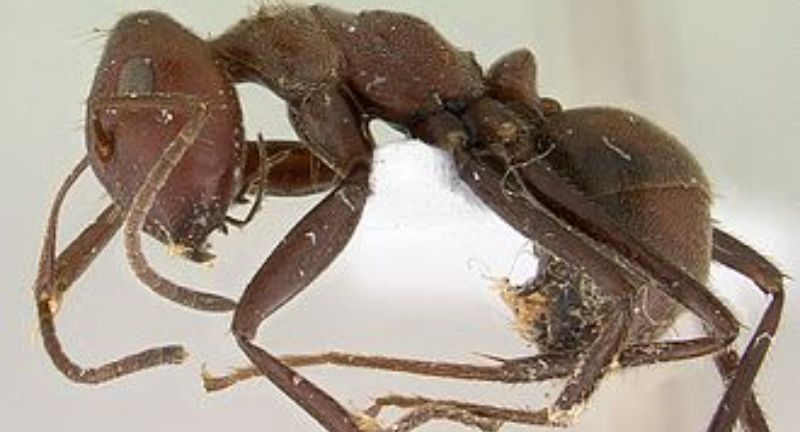
Shutterstock
The Malaysian Exploding Ant has a defense mechanism where it sacrifices itself to protect its colony. When a threat arises, the ant ruptures special glands in its body, releasing a toxic sticky substance that immobilizes the predator. This self-destructive act protects the colony from harm, as the ant literally explodes in a sticky mess. While extreme, this kamikaze-like defense is highly effective in keeping enemies at bay.
Sea Cucumber

Shutterstock
The sea cucumber employs an unusual and dramatic defense mechanism known as self-evisceration. When threatened, it ejects its internal organs through its anus, distracting predators while it makes an escape. The organs are sticky and sometimes toxic, giving the predator a slimy surprise. Fortunately for the sea cucumber, it can regenerate the lost organs, making this a drastic but survivable form of defense.
Texas Horned Lizard

Shutterstock
The Texas Horned Lizard has a startling defense mechanism where it shoots blood from its eyes when attacked. By increasing the pressure in its sinuses, the lizard can burst blood vessels near its eyes and spray a stream of blood at its predator. The blood contains chemicals that make it distasteful to predators, particularly canines. This odd but effective defense helps the lizard escape from would-be attackers.
Iberian Ribbed Newt

Shutterstock
The Iberian Ribbed Newt has a unique defense mechanism where it pushes its sharp ribs through its skin to deter predators. These ribs act like spikes, puncturing the newt’s own skin and delivering a painful surprise to attackers. Despite the self-inflicted wounds, the newt is able to regenerate its skin after the threat has passed. Combined with its toxic skin secretions, the Iberian Ribbed Newt is a tough target for predators.
Bombardier Beetle

Shutterstock
The Bombardier Beetle is famous for its ability to spray a boiling hot chemical at its enemies. It stores two chemicals in separate chambers in its abdomen, which, when combined, cause an explosive reaction. The resulting spray reaches temperatures of up to 100°C (212°F), scalding predators and deterring attacks. This highly specialized defense system is one of the most impressive in the insect world.
Opossum

Shutterstock
Opossums have mastered the art of playing dead, a behavior known as thanatosis, when faced with danger. During this act, they become completely limp, their tongue hangs out, and they even emit a foul-smelling fluid that mimics the scent of decay. Predators typically lose interest, believing the opossum is already dead and no longer edible. This convincing performance can last anywhere from several minutes to hours, allowing the opossum to escape unharmed.
Hagfish

Shutterstock
The hagfish is a slimy survivor that produces copious amounts of mucus when threatened. This slime can clog the gills of fish, causing predators to suffocate and abandon their pursuit. The hagfish can also tie itself into a knot and slide out of its own slime to escape. This slippery defense makes it almost impossible for predators to get a firm grip on the hagfish.
Hairy Frogfish

Shutterstock
The Hairy Frogfish has an odd defense mechanism similar to the pufferfish: it inflates its body to appear larger when threatened. Its body is also covered in fleshy appendages that look like hair, helping it blend into coral and sponges for camouflage. If attacked, it puffs up to increase its size and make it harder for predators to swallow. This combination of camouflage and inflation makes the frogfish a tricky target in the ocean.
Komodo Dragon

Shutterstock
The Komodo Dragon’s main defense lies in its toxic saliva, which contains venomous proteins and bacteria. When the dragon bites its prey, the venom prevents blood clotting and leads to shock or paralysis. The Komodo Dragon often bites and waits for its prey to weaken or die before following the scent to finish its meal. This potent combination of venom and patience makes it a highly effective predator.
Pufferfish

Shutterstock
Pufferfish have a dual defense strategy that makes them formidable despite their small size. When threatened, they inflate their bodies into a spiky ball, making it difficult for predators to bite. In addition to this, pufferfish contain a deadly neurotoxin called tetrodotoxin, which is lethal to many animals, including humans. Even if a predator manages to bite a pufferfish, the spikes and toxins ensure it won’t be an easy meal.
Armadillo Girdled Lizard

Shutterstock
The Armadillo Girdled Lizard has a unique defense mechanism where it curls into a ball and bites its own tail, resembling an armadillo. This action protects its soft underbelly, while its tough, spiny scales shield it from predators. The curled-up position makes it difficult for attackers to penetrate its defenses or swallow it. Its impressive defense strategy and dragon-like appearance make it a fascinating and effective survivor.
Boxer Crab

Shutterstock
The Boxer Crab has developed a symbiotic relationship with sea anemones, using them as weapons to ward off predators. The crab holds small anemones in its claws and waves them like boxing gloves, relying on the anemones’ stinging cells to defend itself. In return, the anemones get access to food particles from the crab’s meals. This unique partnership allows the Boxer Crab to effectively protect itself in the wild.
Slow Loris

Shutterstock
The Slow Loris is one of the few venomous mammals, using its toxic bite as a defense mechanism. It secretes venom from glands near its elbows, which it mixes with saliva before delivering a bite. This venom can cause severe allergic reactions in predators and even in humans. Despite its cute appearance, the Slow Loris is a highly dangerous animal when provoked.
Pangolin

Shutterstock
The pangolin’s primary defense mechanism is curling into a tight ball, using its hard, keratin scales to protect itself. These tough, overlapping scales act as armor, making it nearly impossible for predators to bite through. The pangolin’s curled position hides its vulnerable underbelly and leaves predators frustrated. Despite its strong defense, pangolins are heavily hunted for their scales, making them one of the most endangered animals today.
Sea Urchin
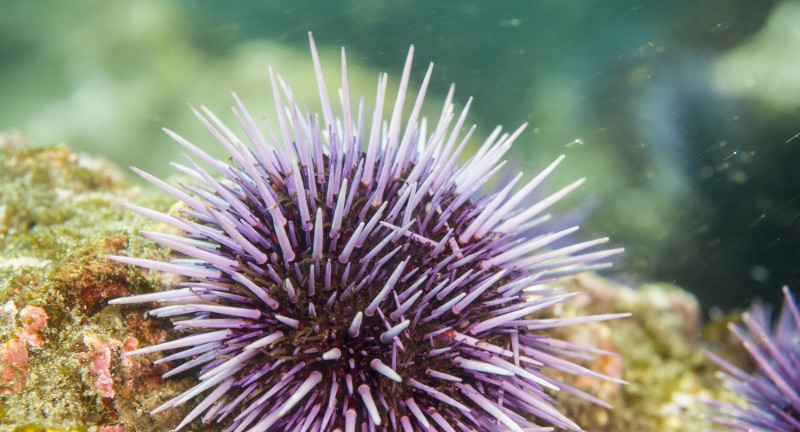
Shutterstock
Sea urchins are equipped with long, venomous spines that serve as a potent defense against predators. When attacked, these spines can break off and deliver a painful, toxic sting to their enemies. Some species also have small pincer-like structures called pedicellariae that inject toxins into would-be attackers. This combination of sharp spikes and venom makes sea urchins a dangerous opponent in the ocean.
Electric Eel

Shutterstock
The Electric Eel uses powerful electric shocks to defend itself from predators and hunt prey. It can generate up to 600 volts of electricity, which is enough to stun or kill small predators. The eel has specialized electrocytes in its body that allow it to discharge electricity when threatened. This shocking defense makes the electric eel one of the most formidable creatures in its habitat.
Horned Lizard

Shutterstock
The Horned Lizard has one of the strangest defense mechanisms in the animal kingdom: it can shoot blood from its eyes. The lizard does this by increasing pressure in its sinuses, causing blood vessels to burst and spray blood at predators. The blood contains chemicals that taste foul to predators like canines, helping the lizard avoid being eaten. This unexpected defense is both startling and effective in the wild.
Mimic Octopus

Shutterstock
The Mimic Octopus is a master of disguise, capable of imitating a variety of dangerous sea creatures like lionfish, sea snakes, and flatfish. By changing its color and shape, the octopus can fool predators into thinking it is a more dangerous animal. This incredible ability to mimic multiple species gives it a unique advantage in avoiding predators. Its versatility and intelligence make it one of the ocean’s most fascinating creatures.
Thorny Devil

Shutterstock
The Thorny Devil is covered in sharp spikes that serve as a defense against predators. When threatened, it lowers its head and presents a false “second head” to confuse attackers. This bump on its neck is a clever decoy, allowing the lizard to protect its real head. Combined with its spiky body, this double-layered defense makes the Thorny Devil a difficult target to attack.
Velvet Ant

Shutterstock
Despite its name, the Velvet Ant is actually a wingless wasp, and it has one of the most painful stings in the insect world. Its bright red and black coloration serves as a warning to predators, signaling that it is dangerous to approach. Known as the “cow killer,” the Velvet Ant’s sting is incredibly potent and painful. This powerful defense helps it avoid being eaten by most predators.
Spitting Cobra

Shutterstock
The Spitting Cobra has a unique defense mechanism that allows it to spit venom at its enemies from a distance of up to 6 feet. The cobra aims its venom at the eyes of predators, causing intense pain and temporary blindness. This venomous spray gives the cobra time to escape without engaging in a physical fight. Its accuracy and potent venom make the Spitting Cobra a formidable defender in the wild.
Cassowary
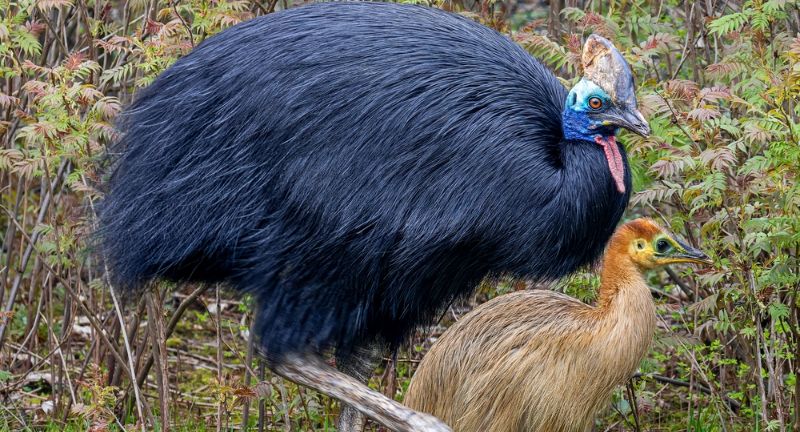
Shutterstock
The Cassowary, a large, flightless bird native to Australia and Papua New Guinea, is known for its powerful legs and sharp claws. When threatened, it can deliver a swift and forceful kick using its dagger-like claw to seriously injure or even kill predators. These birds are highly territorial and can become aggressive when provoked. Their physical strength and defensive nature make the cassowary one of the most dangerous birds in the world.
Hag Moth Caterpillar

Shutterstock
The Hag Moth Caterpillar, also known as the “Monkey Slug,” uses its strange appearance to scare off predators. Its body is covered in spiny, hairy projections that resemble tentacles or a tarantula. While not venomous, this caterpillar’s unsettling appearance makes it look dangerous to potential predators. This form of visual deception is an effective defense against animals looking for an easy meal.
Conclusion
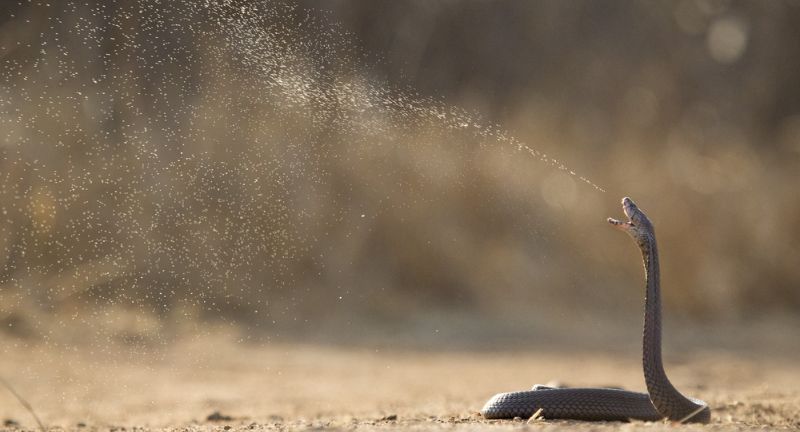
Shutterstock
The remarkable defense mechanisms of these animals highlight the ingenuity and adaptability of nature. From toxic sprays to playing dead, these creatures have evolved unique ways to protect themselves from the dangers of their environment. These strategies are not only fascinating but also essential for their survival in a world filled with predators. As we continue to learn about these incredible animals, we gain a deeper appreciation for the complexity of the natural world. These defense mechanisms remind us of the incredible diversity of life on Earth and the importance of preserving it.
More Amazing Animals+
-


27 Most Intelligent Animals And How They Problem Solve
-
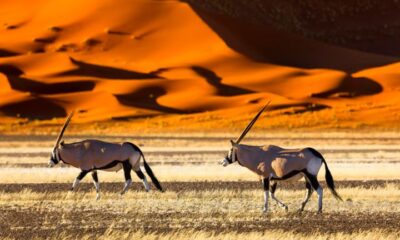

24 Wildlife Conservation Sanctuaries Around The World
-


Boris the bear beating the heat at the Milwaukee County…
-


Bison bull caught scratching away the last bit of his…
-


30 Most Beautiful Birds In North America
-


27 Animals That Live In The Most Extreme Conditions
-


Don’t Let This Bird Fool You
-
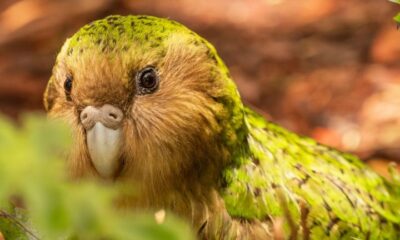

20 Animals At Risk Of Extinction That Need Our Help
-


From Hopping to Boxing: 25 Incredible Facts About Kangaroos
-


30 Rarest Animal From Around The World
-
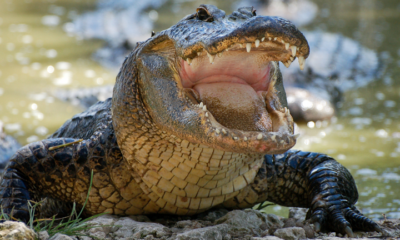

21 Deadliest Animals In North America
-


30 Creatures With Astonishingly Loud Calls
